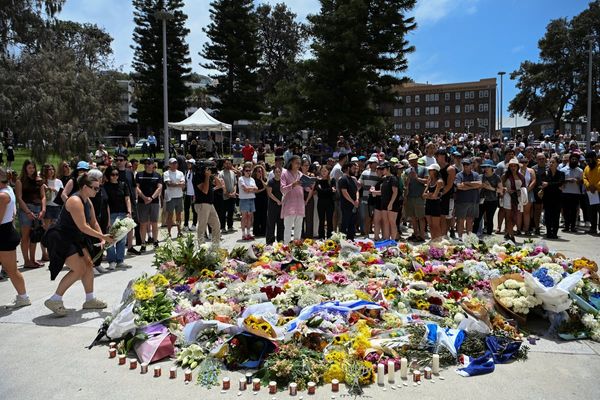
Police dismissed the possibility that a series of unsolved murders could be gay hate crimes and deliberately explored other possibilities to challenge coronial findings, an inquiry has been told.
Former detective chief inspector John Lehmann, who between 2008 and 2016 led NSW Police reviews of unsolved homicide cases, disagreed with the assertion as he faced scrutiny on Tuesday at a probe into potential LGBTQI-targeted killings.
The inquiry was told Mr Lehmann was given a list in 2016 of 30 unsolved murders from the 1970s and 80s, believed to be possible hate crimes.
In a paper written later that year, he said the suggestion the murders were gay hate-related was a gross exaggeration, despite much of the relevant evidence having been lost, destroyed or misplaced.
Inquiry head John Sackar suggested officers held the assumption that reports of gay hate crime were overblown and subsequent police reviews worked to deliberately refute any links to relevant motives.
Evidence from three police strike forces - Macnamir, Parrabell and Neiwand - has been scrutinised at the inquiry.
"I suggest to you that that's what Strike Force Neiman and McNamara did in the end - namely, it deliberately did not investigate the possibility that these men were murdered by gay hate assailants," Justice Sackar said.
"It made a deliberate choice not to do that."
But Mr Lehmann said any strike force findings would have been based on the evidence uncovered by the officers involved.
In 2005, then-deputy state coroner Jacqueline Milledge said she believed there was a strong probability many of the 30 men were victims of gay hate crimes.
"In fact, what Neiwand did was to deliberately explore other possibilities only ... namely, suicide, misadventure and domestic homicide," Justice Sackar said.
"It follows that what the strike force was doing was looking for evidence to undermine or reverse or challenge the Milledge findings."
Mr Lehmann said the strike force teams would have considered all factors involved in the killings and would not have worked to deliberately undermine the coroner's opinion.
"I just cannot grasp or cannot believe that that would be the intention," he said.
Mr Lehmann also faced questions over a 2016 paper he wrote on issues with locating evidence for the purpose of re-examination.
One of the methods used to solve historical homicide cases is to apply modern forensic technologies to exhibits, such as clothing.
Mr Lehmann said in the paper it had been "frustrating and difficult" locating exhibits, many of which had been lost, destroyed, or misplaced.
"Therefore, new opportunities utilising forensic technologies to identify an offender or suspect, are lost," he said.
Even when exhibits were able to be located - "often through luck" - they were often mis-labelled or improperly secured, potentially jeopardising successful prosecutions.
Mr Lehmann told the inquiry many exhibits and documents were destroyed or disposed of during the 1970s and 80s with little awareness or appreciation of their possible need for future examination.







